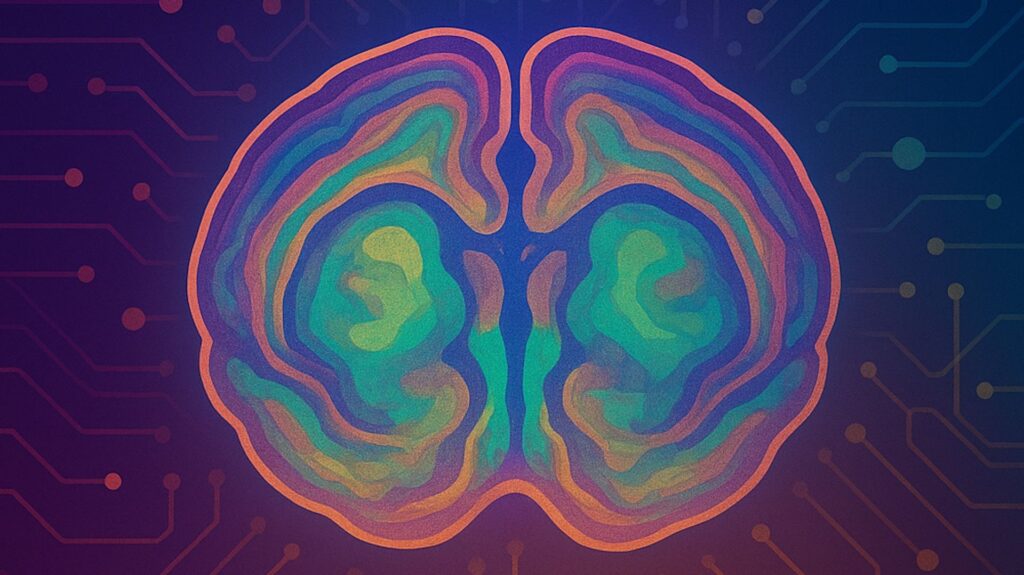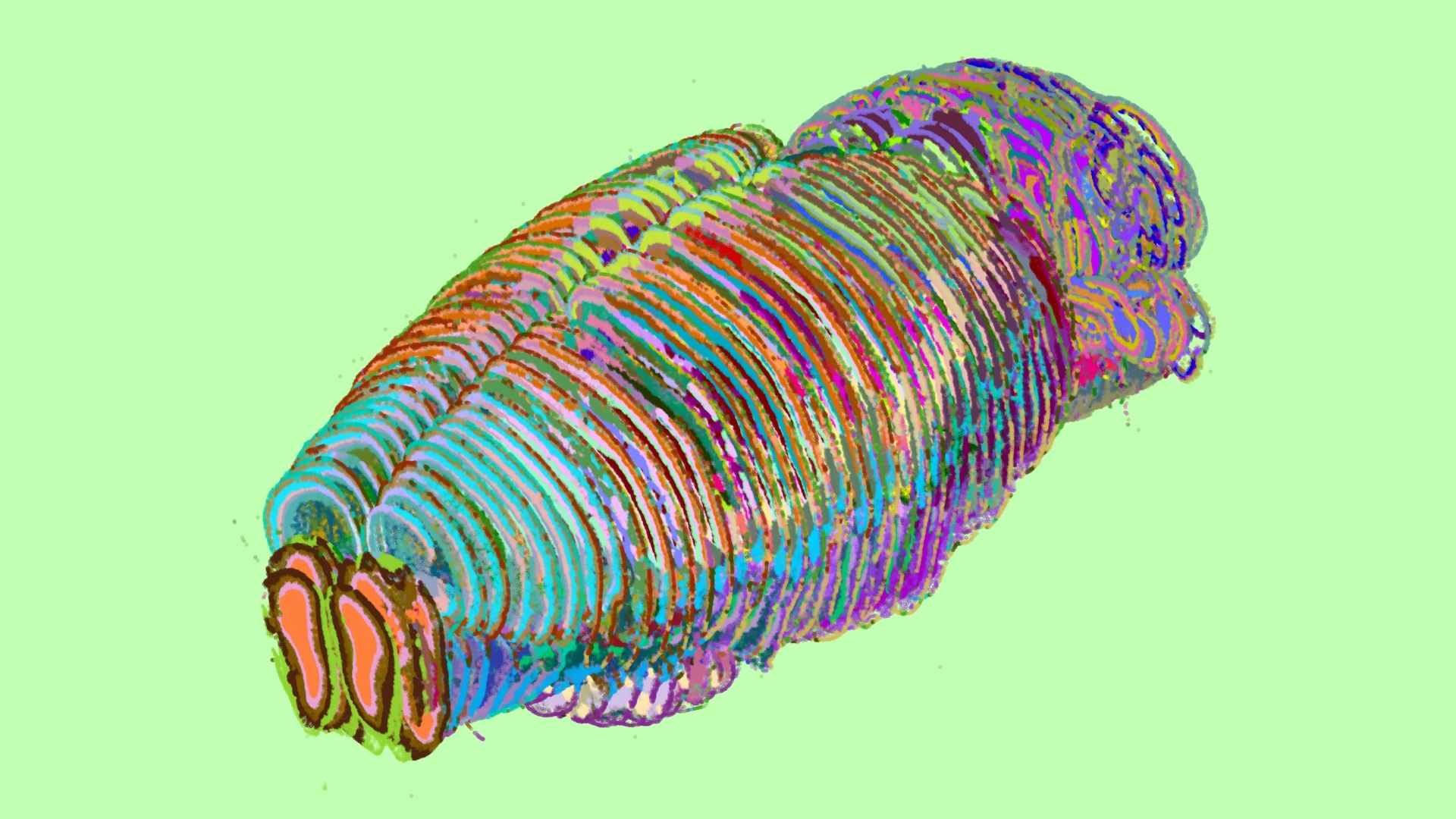Using a ChatGPT-like AI model, scientists have created a new map of the mouse brain that captures previously uncharted areas of the organ in unprecedented detail.
The map, published Tuesday (Oct. 7) in the journal Nature Communications, captures 1,300 regions of the brain and is the first to detail brain regions without requiring manual input from humans. The study authors, from the University of California, San Francisco (UCSF) and the Allen Institute for Cell Science, hope that the project will enable researchers to sketch such tissue maps across the entire body.
The approach also shows the positions of individual cells in the space within tissues. This information has informed previous cell atlases of the mouse brain. However, arranging the information from such experiments into a comprehensive brain map poses a significant challenge. For previous maps of the brain, researchers had to manually annotate each piece of the map to demarcate specific areas of the brain and where the recorded cells fit within them. The new study sidestepped this laborious task.
The spatial transcriptomics data used for the new map included information on the activity of 500 to 1,000 genes in each analyzed cell. At this level of complexity, the data analysis is challenging, said study co-author Reza Abbasi-Asl, a professor of neurology and bioengineering at UCSF. Moreover, marking brain regions using the raw spatial transcriptomics data — a process called parcellation — produces fuzzy maps, Abbasi-Asl said.
That’s where the team’s AI-based approach paid off.
Large language models (LLMs), such as ChatGPT, have captivated and excited millions of users with their ability to generate text output from prompts. At their core, these systems work by mathematically predicting the relationships between individual words. Abbasi-Asl, alongside his doctoral student Alex Lee, created the AI system, named CellTransformer, which instead analyzes how individual cells sit next to each other in the brain based on spatial transcriptomics information.
The AI system transforms the spatial data, enhancing it with new information. “We build a missing piece between spatial transcriptomics data and parcellation of the brain that connects the two,” Abbasi-Asl told Live Science. The new dataset generated by CellTransformer produces much sharper maps that are more similar to known brain regions than manual annotation could, according to Abbasi-Asl, and also identifies previously uncataloged, finer-grained regions.
The new map covers approximately 1,300 sections of the mouse brain, resulting in a total dataset of over 9 million cells. The team coordinated their data with the Allen Institute’s Common Coordinate Framework (CCF), a high-resolution map of the mouse brain previously constructed using manual annotation. There was strong coherence between the AI-generated output and the gold-standard CCF, which gave the team confidence that their findings were highly accurate.
CellTransformer successfully mapped known brain regions, such as the hippocampus, a key memory center. The tool also charted brain areas that other mapping efforts had struggled to obtain data on, such as the midbrain reticular nucleus, (CK)which is located in the topmost part of the brainstem and processes sensory and motor information, while also regulating sleep.
The data processing behind CellTransformer doesn’t work only for brain tissue, the authors emphasized.
“A similar pipeline could be used with data sets that are now emerging from the heart, from other body parts, and also from tissues that are collected in disease models as opposed to healthy models,” Abbasi-Asl said.
The team also wants to test CellTransformer on human brain data — but while the mouse brain contains tens of millions of cells, our brains have around 170 billion cells, including 86 billion neurons. The human brain’s sheer size, as well as its more complex structure, will make it harder to provide a sufficient amount of spatial data to feed the AI.
If such data can be brought to CellTransformer, Abbasi-Asl reckons the tools could process it, though. “We do believe that it could work on human data too,” he said. “That’s another really important next step.”


